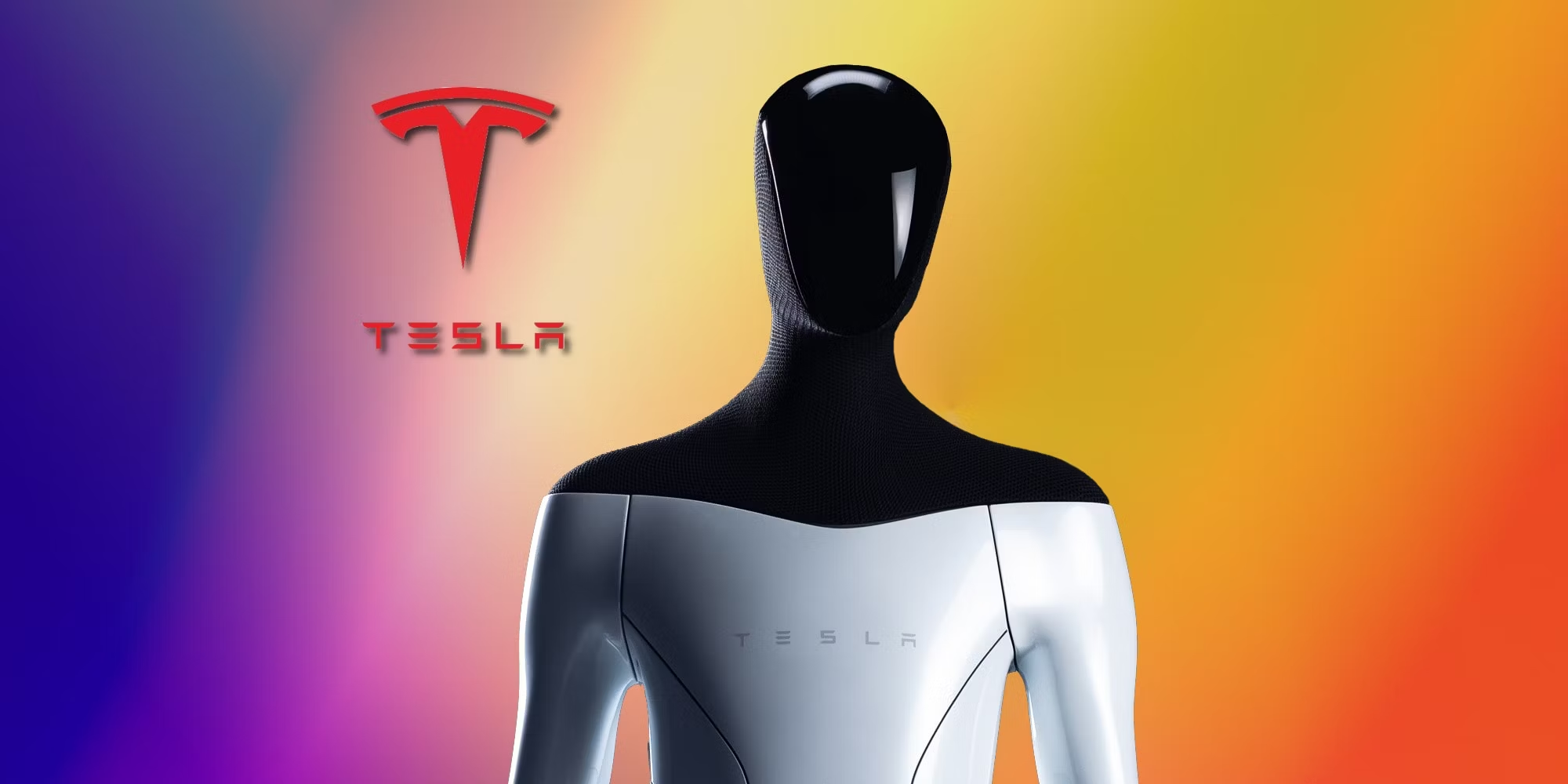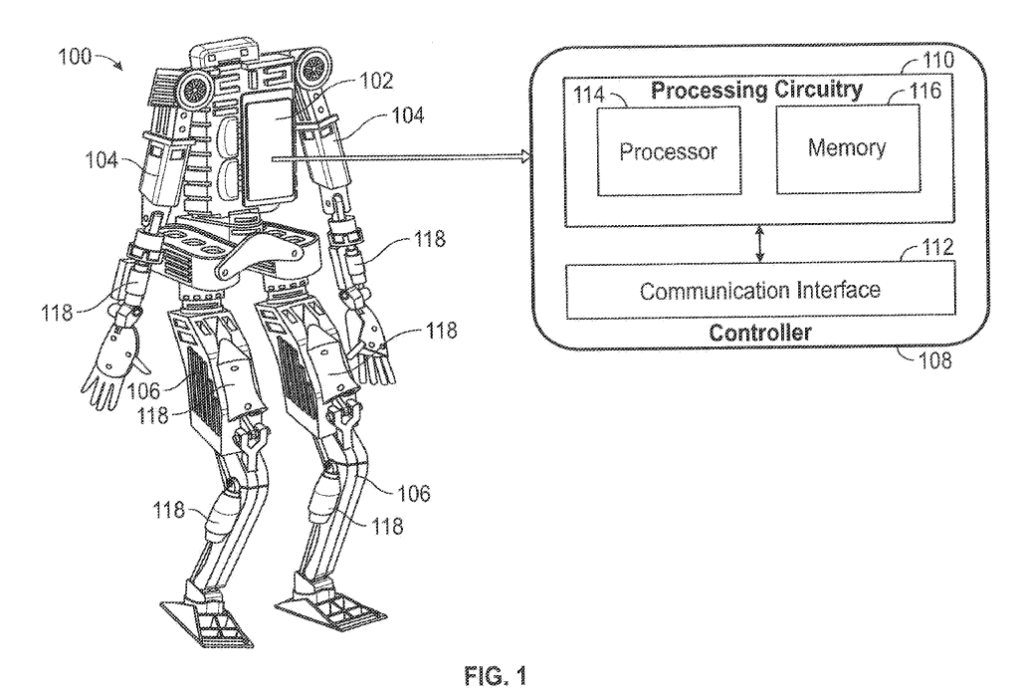Elon Musk, renowned for his work with autonomous vehicles (EV) and Astronautics engineering + Internet, is now moving forward in AI robotics, to make Tesla bots (Optimus) real. Tesla is set to launch humanoid robots (known as Optimus) by 2025. Tesla does not reveal any exact cost of Tesla Bot but the cost would be near around 10K US dollars. This move represents a significant expansion into advanced technology, aiming to revolutionize automation and human-robot interaction.

How does Tesla’s Humanoid Robots Function?
- AI-Driven Decision Making: The robots are powered by Tesla’s advanced AI, enabling them to process complex information, make decisions, and learn from their environment.
- Advanced Vision Systems: Equipped with high-definition cameras and sensors, the robots can perceive their surroundings, recognize objects, and navigate various environments safely and efficiently.
- Energy-Efficient Actuators: Tesla Bot uses specially designed actuators that convert energy into precise movements, allowing the robot to mimic human actions like walking, lifting, and handling objects.
- Real-Time Processing: The robot’s onboard computers process data in real-time, enabling it to react quickly to changing conditions and perform tasks with high accuracy.
- Modular Design: The robot’s components are modular, making it adaptable for different tasks and environments, from industrial work to household chores.
- Human-Like Dexterity: Optimus is designed to handle a wide range of manual tasks with human-like dexterity, thanks to its advanced motor control and sensor integration.
- Seamless Integration: The robots are designed to work in sync with Tesla’s broader AI ecosystem, ensuring smooth interaction with other Tesla products and systems.
Patents Description:
We’ve analyzed key patents related to Tesla’s Humanoid Robots. Read the summary below and discover the ingenious innovations behind this breakthrough technology!
- The Patent WO2024073135A1 introduces a system to enhance the smoothness and accuracy of robotic movements, particularly in humanoid robots (Tesla Bot). It allows real-time adjustments to the robot’s actions, enabling precise, coordinated motions. This technology addresses issues with uncoordinated movements, making robots better suited for tasks requiring human-like dexterity and precision, such as assembly and handling delicate objects.
- The Patent WO2024072966A1 introduces a system to optimize power distribution in humanoid robots, ensuring efficient energy use across different components. This technology addresses the issue of energy waste, enhancing the robot’s performance and extending operational time without needing frequent recharging.
- The Patent WO2024072984A1 introduces a system that enables robots to adapt their grip and movement when handling objects of varying shapes and sizes. By using sensors and algorithms to adjust in real-time, this technology improves the robot’s ability to securely and precisely manipulate items, solving the issue of rigid, inflexible handling in robotic tasks like packaging, sorting, and assembly.
- The Patent WO2024073088A1 improves humanoid robot stability by using sensors to monitor and adjust posture in real-time, addressing the problem of balance loss on uneven surfaces or during complex tasks. Key components include sensors for position data, a processing unit for analyzing and adjusting balance, and actuators for posture correction. This system enhances the robot’s reliability and performance in diverse environments.
How Does Tesla’s Humanoid Robots Stand Out Among Competitors?
- Boston Dynamics (Atlas): Known for its advanced mobility and dynamic balance, Atlas excels in complex movements and terrain navigation.
- SoftBank Robotics (Pepper): Designed for human interaction, Pepper focuses on social engagement and customer service, featuring conversational abilities and emotional recognition.
Tesla Bot, or Optimus, aims to create a general-purpose, bi-pedal, autonomous humanoid robot capable of performing unsafe, repetitive, or mundane tasks. To achieve this, it integrates advanced software stacks for balance, navigation, perception, and interaction with the physical world. The robot utilizes deep learning, computer vision, and motion planning to adapt its actions in real-time, ensuring precision and efficiency. With its advanced sensors and AI-driven controls, Tesla Bot navigates complex environments and performs various tasks with human-like dexterity, all while continually improving through integration with Tesla’s broader AI systems.
What other companies are filing patents in the Humanoid Robots space? Request a patent landscape around this technology by filling out the form below:




